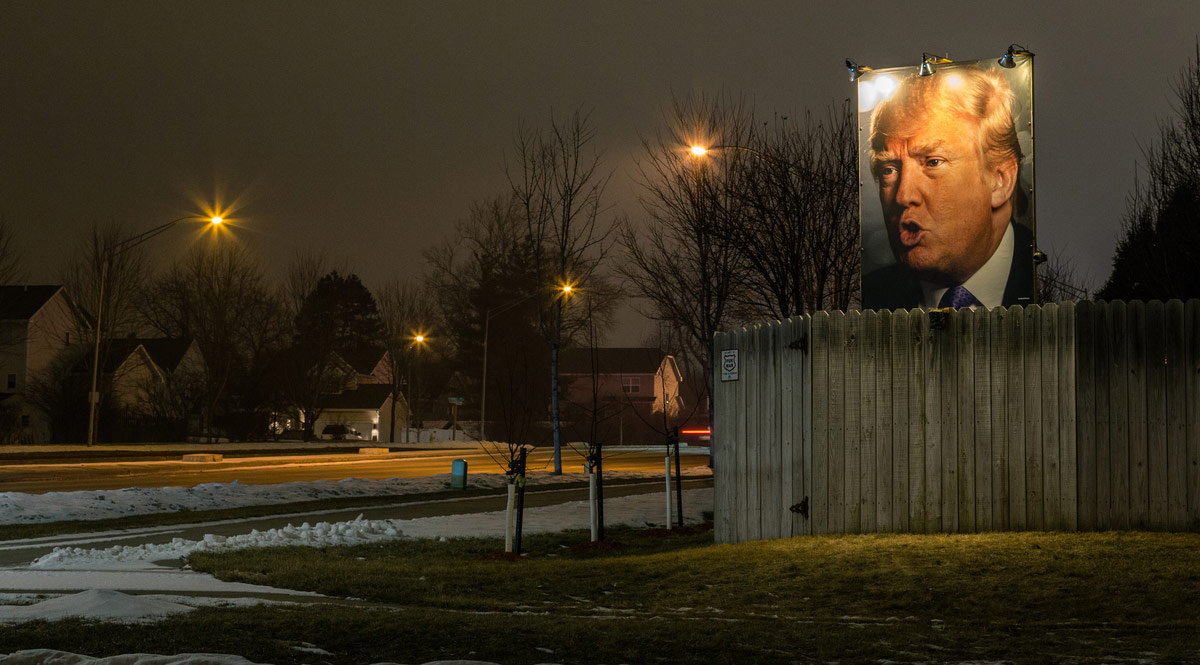
On November 22, 2011, six of the defendants in the main conspiracy case stemming from the 2010 G20 protests in Toronto pled guilty, while the other eleven had their charges dropped. The defendants just issued a collective statement emphasizing that they emerge from the court case “united and in solidarity.”
Now that the case is closed, it’s possible to speak freely about the campaign of infiltration and repression that produced it. We’ve received this analysis from comrades in Canada who are eager to pass on the lessons from this experience; the document offers valuable insight into how infiltrators managed to penetrate anarchist communities and which vulnerabilities they exploited. This concludes our comprehensive coverage of the 2010 G20 protests, which has also included an overview of the events and issues, an eyewitness account from the riots, a review of the legal fallout, and even a benefit album.

G20 Conspiracy Coverage on Hold
On November 24, we put up a text entitled “The Toronto G20 Main Conspiracy Case: The Charges and How They Came to Be.” Our intention was to share insight into how infiltrators managed to penetrate anarchist communities and what vulnerabilities they exploited. We’ve since learned from comrades in Canada that some of the claims in the text are extremely controversial. In response, we are withdrawing it until we can produce a version that draws on more perspectives. We’re no strangers to controversy–as a general rule, we cultivate it—but it’s important to us to be sure we can stand behind everything that appears on this site.
Covering the G20 conspiracy case has presented special challenges. Because of a publication ban and widespread government harassment and intimidation, we had to rely on anonymous contributors for reports such as the one we put up two days ago. Though we were careful to run it by trusted comrades first to check its authenticity, we were not warned of how divisive some would consider it. This has been a headache for everyone involved, but we remain convinced that it is imperative to formulate lessons from infiltration, and we hope to have a revised version available swiftly. If you can contribute to this process, feel free to get in touch.
The primary goal of repression is not to capture and imprison everyone who resists—there’s hardly room for all of us in their prisons—but rather to create fault lines within insurgent communities. In this regard, the struggle to resolve internal conflicts is identical to the struggle against the state. We hope that our handling of this controversy will aid our comrades in addressing and resolving their differences, making our communities stronger and more resilient.


